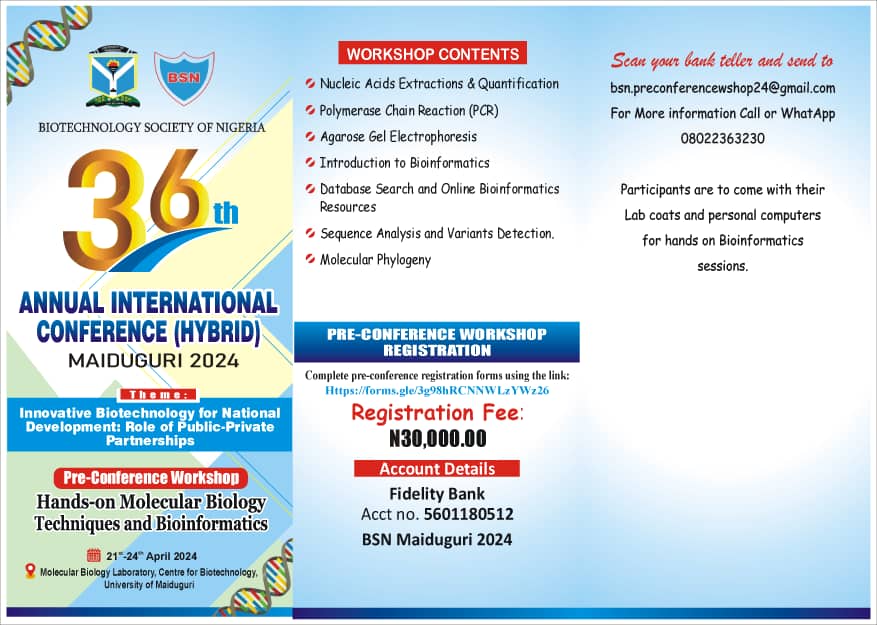BY KUNLE OLUBIYO
Prior to the return of Nigeria to democratic government in 1999, otherwise known as the 4th Republic, the power sector had gone over 20 years without a single major capital intensive investment by the government, thereby making the subsequent investment that would be needed to revive the sector a massive one.

In order to fast track bringing different government funded project mainstream, the National Integrated Power Projects (NIPP) was conceived in 2004, under former President Olusegun Obasanjo Administration, as quick intervention in the ailing power sector that was inherited by the new civilian Administration.
At the onset of conceptualization of the ideals of NIPP, the National Council of State (NCS) and the National Assembly approved an initial funding of $2.5 billion as seed fund for NIPP from the excess crude oil account.
The Niger Delta Power Holding Company (NDPHC), limited was thereafter incorporated as a limited liability company to serve as the legal vehicle to hold the NIPP assets and further crystallized the novel ideals of the NIPP concepts.

Today, the NIPP, under the NDPHC, has entered the second phase of its implementation.
The Phase (I) of the NIPP comprises majorly of the ten gas-fired plants developed by NDPHC are privatized so that the proceeds can be used to invest in power projects in other parts of the country not captured under the first phase of NIPP, especially the Northern region where NIPP plants are not located.
The federal Government, in 2013 commenced the privatization of the gas-fired plants. Proceeds from sales of 80% equity of NIPP generation assets are to be ploughed back into the joint coffers of the Federal, State and Local Governments and reinvested in the NIPP phase II.
These 10 Gas-Powered Plants are Olorunsogo II Power Plant, Geregu II Power Plant, Gbarain II Power Plant, Alaoji Power Plant, Omoku Power Plant, Egbema Power Plant, Sapele Power Plant, Omotosho II Power Plant, and Calabar Power Plant.
At completion of the Phase I, NIPP power plants are by their original mandate designed to collectively add an additional 5,000 MW of gas-fired generating capacity to the Nigerian Electricity Grid Value Chain.
The Phase I of the NIPP Projects also includes Transmission Projects. As at May 2016, the overall completed 330kV transmission line is 1336.9KM (against contracted 1634.4KM) representing 82% completion. Completed 132kV transmission line is 405.5KM (against the contracted 719.3KM) representing 56% completion. In addition, the overall completed 330/132kV transmission substation capacity is 3810MVA (against contracted 6000MVA) representing 64% completion, while completed 132/33kV transmission substation capacity is 1920MVA (against contracted 3100MVA) representing 62% completion.
The Distribution sub-sector also gained from the quick intervention of the NIPP. A total of 296 No. distribution projects grouped into 43 Lots spread throughout the country were awarded in February, 2007. Each of these projects included injection substations of varying capacities ranging from 2.5 MVA through 7.5 MVA to 15 MVA, with associated 33 kV and 11kV distribution lines complete with CSP transformers to serve numerous customers across the country.
The NIPPs projects has gulped over US$7.385 billion since August 2005, when the National Council of State and the National Assembly first approved an initial funding of US$2.5 billion for NIPP from the “Excess Crude Oil Account” (ECOA), with additional $5.375 billion from the ECOA as a power emergency fund to complete NIPP.
This is not to say that the NIPPs have not also faced several challenges, firstly with the suspension, for two years, of the projects when the late President Yar’adua came to power in 2007, then later with delays in securing instruments of guarantees and gas supply agreements, right of way encroachment for some of the Transmission projects, availability of finance, etc.
The NIPP has now gone to Phase II, with now attention now given to Solar and HydroPower so as to cover the Northern parts of the Country, receiving over 100 expressions of interest for the NIPP power plants then, NDPHC and the Bureau of Public Enterprises (BPE) published the list of prequalified bidders on August 19th.
The success recorded by the NIPP in Phase I has shown that with the right political will, Nigeria can actually overcome the perennial problems of power shortage. The government recently displayed the right political will by reappointing Mr. Chiedu Ugbo to continue as head of NDPHC.
But to achieve the Nigerian Government’s targeted increase in electricity wheeling capacity, there is a general consensus that the Nigerian Government will need to take a number of additional wide ranging steps, which includes ensuring fiscal stability, cost reflectivity and transparency of the electricity pricing structure that supports a level of economic returns to IPP Developers without compromising affordability of power supply to final consumers, implementing investment-friendly market reforms in order to attract private investment, and providing regulatory and fiscal support to distribution companies in their deployment of technology and funding of capital expenditure programmes required to develop a robust system of metering, billing and revenue collection and most importantly promotion of Competitive Electricity Markets where the end users /Customers will have Choice and envisage in ideal Market Driven Post Transition Electricity Market ( PostTREM ) and Eligible Customers Framework (Willing Buyers/Willing Sellers) regulatory framework of NERC which at the moment is considered seemingly inactive or dormant .
Given the right push and much desired political will, the Power Sector, the Nigerian economy and the end users of electricity will no longer benefit from sales and privatization of the NIPP/NDPHC investment in critical infrastructure.
To stakeholders in the industry, the NIPP /NDPHC Phase II is the new normal and the way to go.
Olubiyo, President, Nigeria Consumer Protection Network, Abuja, has served as member, National Technical Investigative Panel on Power System Collapses, member, Presidential Ad-hoc Committee on Review of Electricity Tariff in Nigeria wrote from Abuja.



